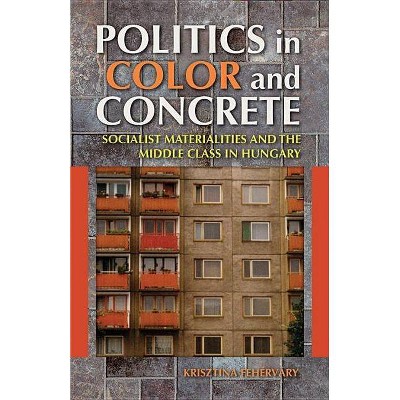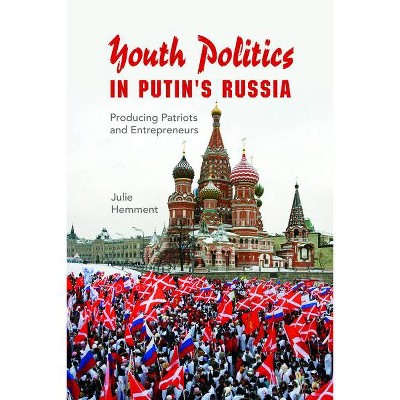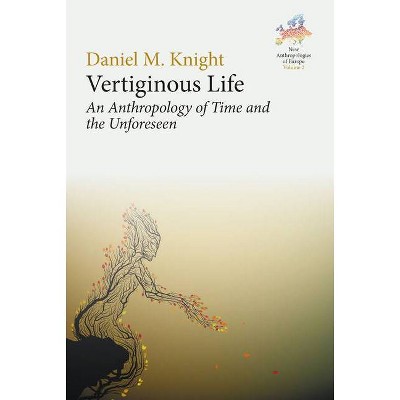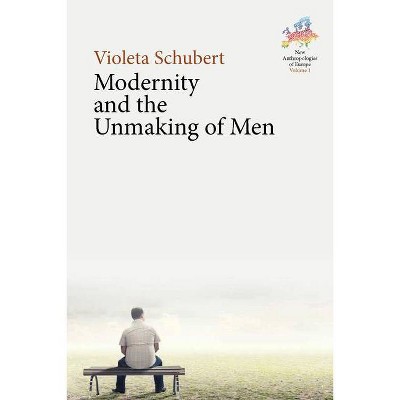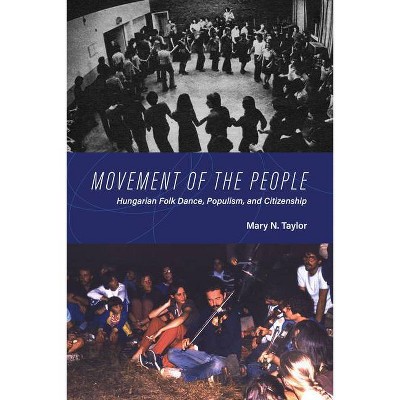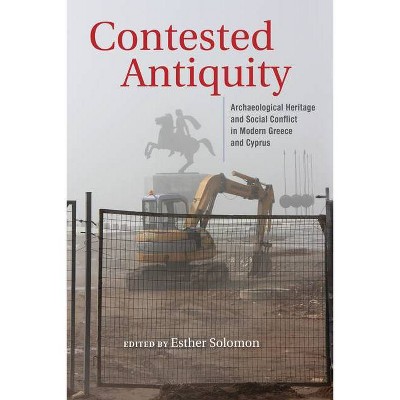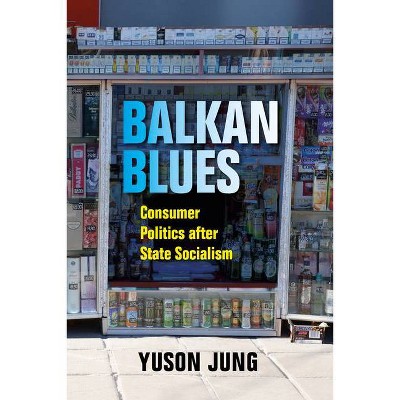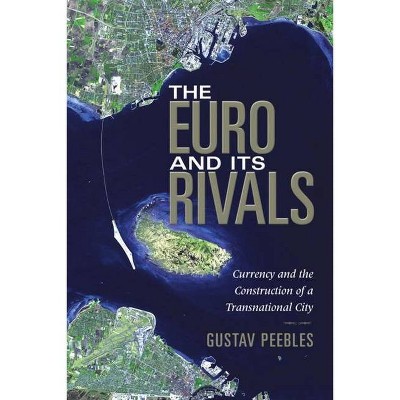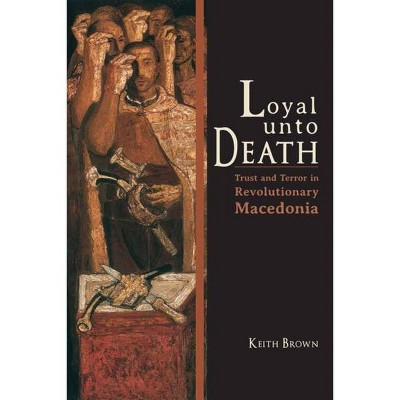Politics in Color and Concrete - (New Anthropologies of Europe) by Krisztina Fehérváry (Hardcover)

Similar Products
Products of same category from the store
AllProduct info
<p/><br></br><p><b> About the Book </b></p></br></br>This engaging study decenters conventional perspectives on consumer capitalism, home ownership, and citizenship in the new Europe.<p/><br></br><p><b> Book Synopsis </b></p></br></br><p>Material culture in Eastern Europe under state socialism is remembered as uniformly gray, shabby, and monotonous--the worst of postwar modernist architecture and design. Politics in Color and Concrete revisits this history by exploring domestic space in Hungary from the 1950s through the 1990s and reconstructs the multi-textured and politicized aesthetics of daily life through the objects, spaces, and colors that made up this lived environment. Krisztina Féherváry shows that contemporary standards of living and ideas about normalcy have roots in late socialist consumer culture and are not merely products of postsocialist transitions or neoliberalism. This engaging study decenters conventional perspectives on consumer capitalism, home ownership, and citizenship in the new Europe.</p><p/><br></br><p><b> Review Quotes </b></p></br></br><br><p>[A] serious historical analysis inflected throughout by a sophisticated ethnographic sensibility. . . . [and] an important contribution to the second generation of scholarship on post-socialist Europe.6/4/14</p>-- "Reviews and Critical Commentary"<br><br><p>Fehérváry breaks new ground in a field that has only recently received scholarly attention in Western academia. </p></p>-- "Hungarian Cultural Studies"<br><br><p>Fehérváry's book . . . joins a growing body of recent studies of consumption and everyday materialities under socialism. Few, however, so creatively explore socialist consumption's aesthetic and affective dimensions or trace continuities in consumer subjectivities across the pre-/post-1989 divide.</p>-- "American Historical Review"<br><br><p>Fehérváry's exemplary scholarship, both historical and ethnographic, takes us through both socialist modernism and post-socialist consumer modernism in the development of contemporary Hungary.</p>--Daniel Miller "MaterialWorldblog.com"<br><br><p>Politics in Color and Concrete is a model for richly historical ethnography and an important contribution to the second generation of scholarship on post-socialist Europe. . . . [It]will be of great interest to scholars of socialism and post-socialism, class, consumer culture, and aesthetics alike.</p>-- "Council for European Studies"<br><br><p>Politics in Color and Concrete is an eloquent analysis of the material transformations of domestic space during the four decades of socialism and the following political-economic transformation in Hungary. . . . Fehérváry's approach not only brings a fresh look at the period through its focus on everyday materialities but also offers a welcome correction to the often-simplified understandings of abrupt socialist-capitalist change.</p>-- "American Anthropologist"<br><br><p>Politics in Color and Concrete is mandatory reading for all scholars of Communism in Eastern Europe.</p>-- "Austrian History yearbook"<br><br><p>Politics in Color and Concrete is one of the best ethnographies of artificial things--and Hungary, Eastern Europe, post-socialism, and materiality--currently available.</p>-- "American Ethnologist"<br><br><p>There is much to admire about this book. . . I appreciated Fehervary's critical insights into topics as diverse as gendered personhood, folklorization, and Janos Kornai's economic models.73.3 Fall 2014</p>-- "Slavic Review"<br><p/><br></br><p><b> About the Author </b></p></br></br><p>Krisztina Fehérváry is Associate Professor of Anthropology at the University of Michigan.</p>
Price History
Price Archive shows prices from various stores, lets you see history and find the cheapest. There is no actual sale on the website. For all support, inquiry and suggestion messagescommunication@pricearchive.us
